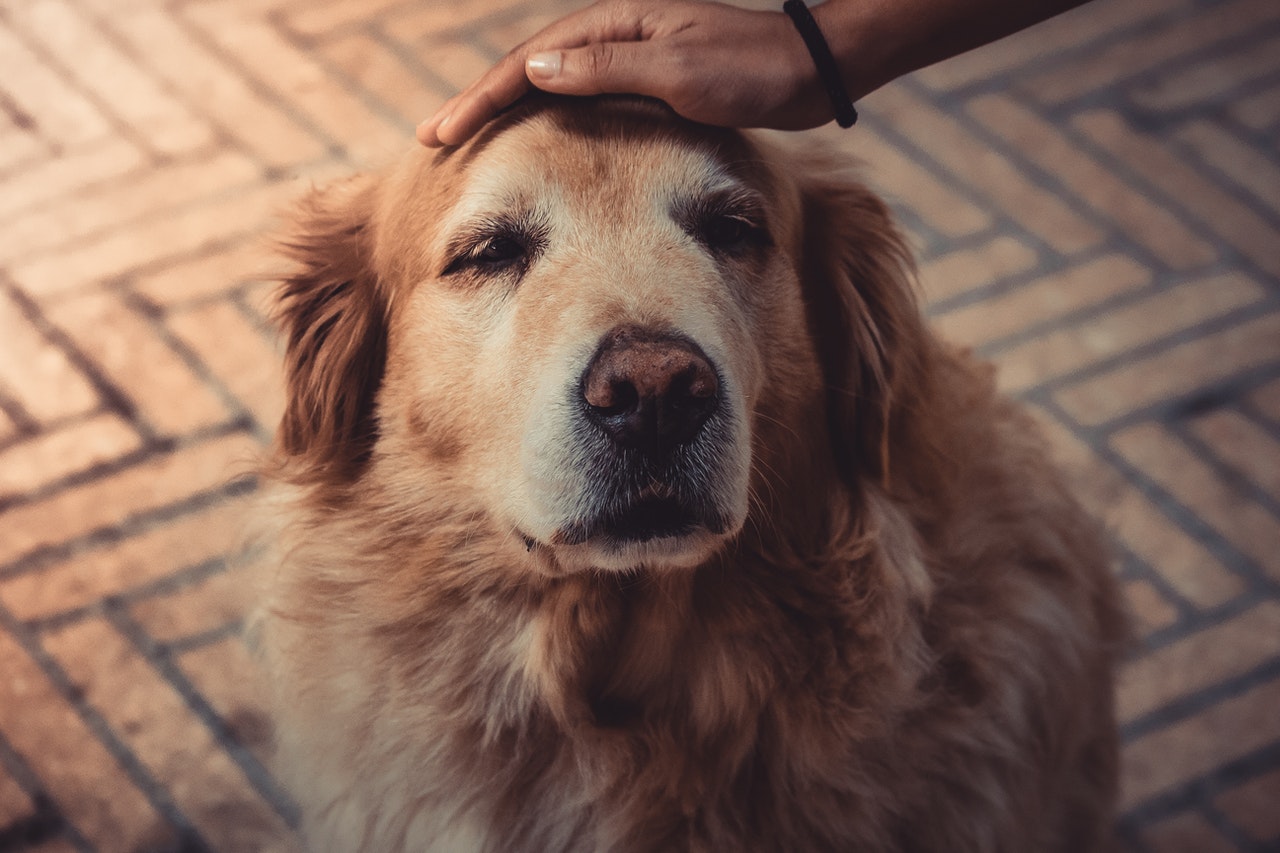Dog Diabetes and the Aging Dog
As our dogs get older, they become subject to a number of age-related diseases such as canine diabetes. Diabetes in older dogs is a common metabolic disorder in which insufficient insulin is produced to process the amount of glucose required for energy. Alternatively the dog’s insulin receptors may be insensitive to the insulin produced and again insufficient glucose is processed to provide the required energy.

Overweight dogs have a large amount of body fat which tends to reduce insulin production and they are therefore more susceptible to developing diabetes. Females develop diabetes about twice as often as male dogs. With proper treatment dogs can continue to live a fairly normal life. The first step in treating our beloved companion is to recognize the symptoms of age-related canine diabetes.
Diabetes Symptoms
Age-related diabetes is diabetes mellitus in which insulin is not available in sufficient quantity to remove glucose from the blood and convert it into energy. The result is too much glucose in the blood and too little in the cells which disrupts the normal functioning of the body. The early signs of diabetes that can be detected usually include increased thirst, more frequent urination and accidents or a break in housetraining. This is usually accompanied by an increase in appetite but also a weight loss. Later signs of diabetes may include bad breath that smells of ketones, vomiting, cataracts and blindness. As soon as you detect any symptoms that may be diabetes-related talk to your veterinarian. Your vet will test blood glucose levels for blood sugar control. Upon determining the presence of diabetes, your vet will probably recommend a two-pronged approach to treating diabetes. These include diet and exercise and insulin treatment.
Diet and Exercise
In the initial stages of diabetes, most dogs are too fat and don’t get enough exercise. Your veterinarian will probably recommend a high-fiber/complex carbohydrate diet to help reduce weight and slow down the rate at which food is digested and glucose released into the bloodstream. She will also recommend you feed your dog two or three smaller meals a day to reduce the spikes in blood glucose entering the body. The goal of a diabetes diet is to keep blood glucose levels as level or even as possible and minimize spikes in your dog’s blood glucose. Increasing the amount of exercise your dog receives will also help him to lose weight and ultimately lower blood glucose levels.
Insulin Treatment
Insulin treatment can involve giving oral diabetic medication but the vast majority of cases will require insulin injections. You will work with your veterinarian to select the best type of insulin and frequency of injections. Most diabetic dogs will require twice daily injections and regular visits to the vet to monitor the effect of dosages on blood glucose levels. Initially it is important to monitor blood glucose levels carefully as too little or too much insulin can have a very serious impact on your dog’s life. Diabetic coma can result if your dog exercises too much and/or misses a meal. Too much insulin can result in an adverse insulin reaction and your dog will need additional glucose to prevent weakness and convulsions. Insulin shots are easy to administer and most owners will become proficient in using blood and urine test strips to monitor blood glucose levels and adjust dosages.
Canine diabetes in the aging dog can be managed to maintain your dog’s quality of life and extend his life expectancy to three or more years. Untreated diabetes can result in many complications including kidney disease, blindness and death.
See Older Dog Care for additional information on age-related canine diseases.


